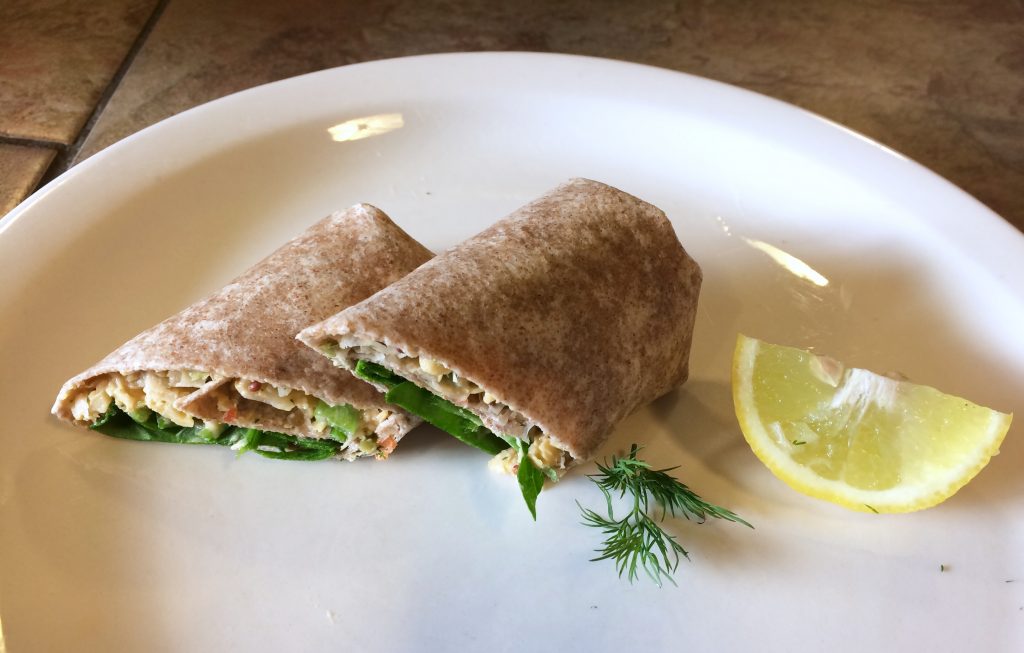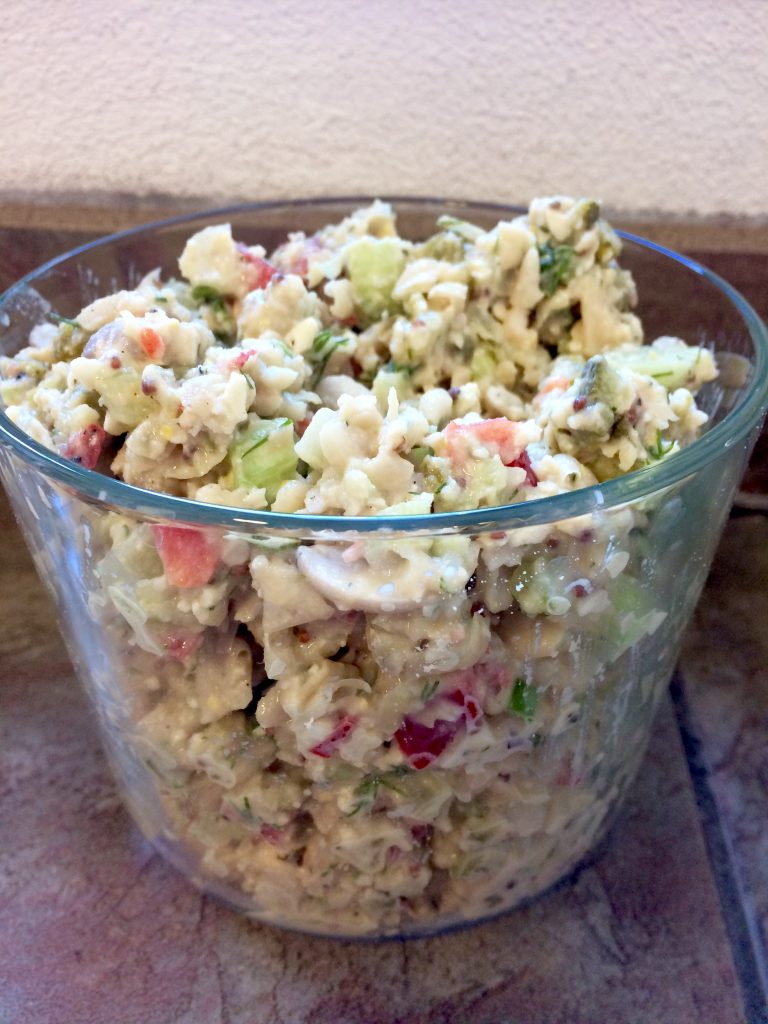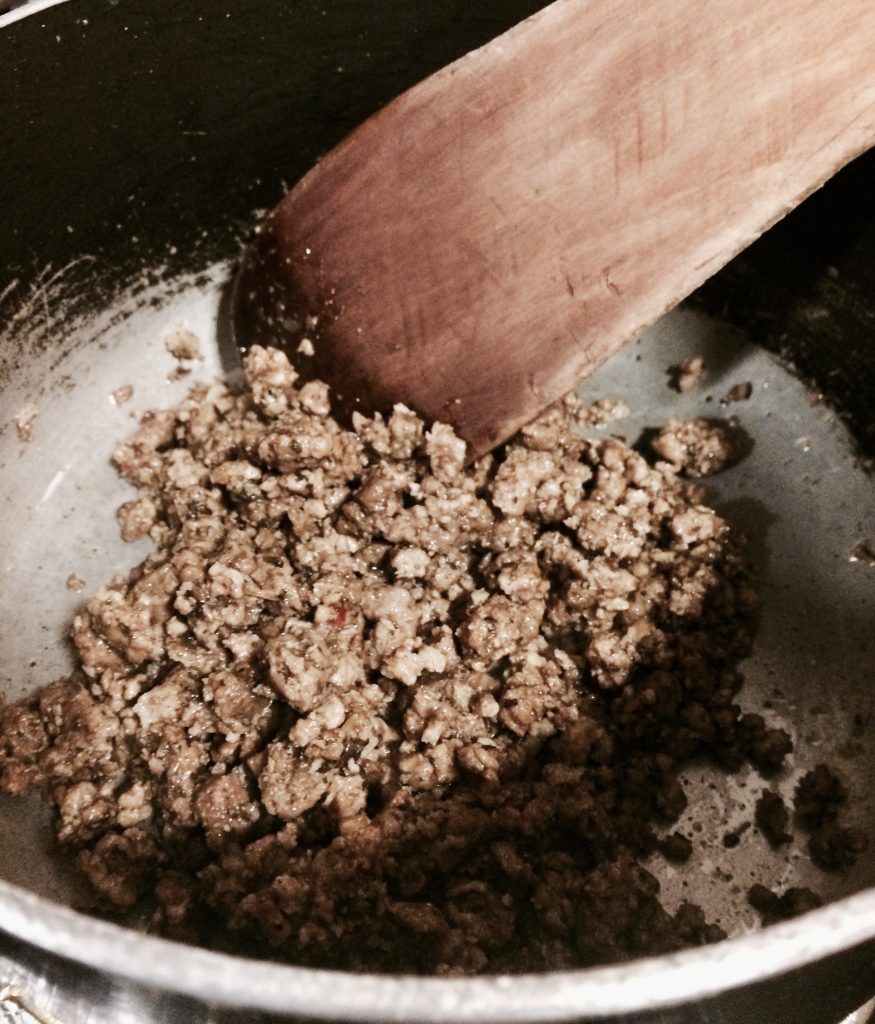Typically, muffins contain butter, eggs, and milk. More times than not, muffins tend to be more of an icing-less cake than a wholesome breakfast food.
Finding a decent plant-based alternative can be a challenge. Luckily, I stumbled across a simple recipe online.
I baked three versions: blueberry, chocolate chip, and walnut.
All three types were delicious, but the chocolate chip was the most popular among students.
The blueberry and walnut versions are excellent for breakfast or a light snack. while the chocolate chip is more dessert-like.
You may be wondering, how do you bake muffins without eggs, milk, and butter? It’s simple. Coconut (or vegetable) oil replaces the butter, ground flax seeds replace the egg, and a nondairy milk (such as almond) replaces dairy milk.
And yes, the chocolate chips are dairy free. They’re made by Chocolate Dream and unfortunately they cost twice as much as regular chocolate chips :(. Hopefully that will change as the demand for non-dairy products increases.
To score some additional sustainability points, I used mainly organic ingredients. They’re a bit pricier, but that’s how food should cost.
Some of the ingredients were sourced from Grassroots Grocery, a local co-op in Alton, Illinois. I also bought ingredients from an co-op in St. Louis called Local Harvest.
Feedback
- James Skinner 7.5/10
“They’re good. If they’re an option, I’ll go for them. They didn’t rise as much as I thought they would though”
- Marygrace Kinuthua: Chocolate chip 7/10, Walnut 8/10
“I’d choose these over the non-vegan ones. The walnut one tastes healthier, I’d definitely eat it for breakfast.”
- Karen Johnson 8/10
“I’d choose this over a non-vegan version. I didn’t even notice they were missing eggs!”
- Natalie Cooper 8/10 (because they didn’t rise much)
“I’d choose these over any non-vegan version.”
- Aurora Muller 10/10
“I love it! They taste really good and I love how they’re a bit healthier compared to most muffins. I’m always for the healthier option. They’re the bomb!”
- Many other samplers loved them, including Mr. and Mrs. B!






















